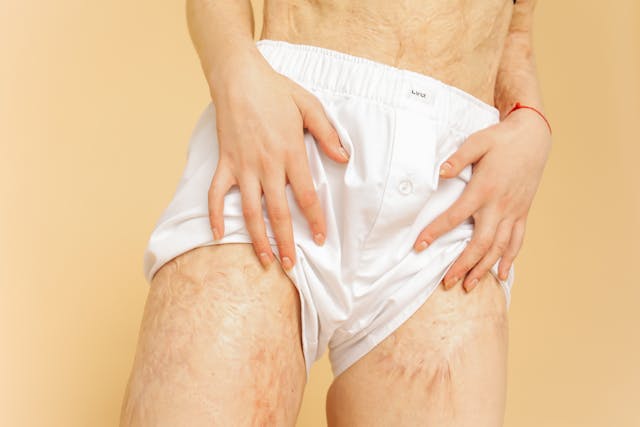Varicose veins are more than just a cosmetic concern—they can significantly impact blood circulation and overall leg health. These enlarged veins often develop when blood flow becomes inefficient, leading to discomfort, swelling, and even more serious complications if left untreated. There are effective ways to manage and treat varicose veins, helping to improve circulation and reduce symptoms. This article will explore how varicose veins affect your body and outline practical steps you can take to address them.
Detecting Symptoms and Ensuring Early Assessment
Recognizing the symptoms of varicose veins is the first step in addressing their impact on vascular health. Common signs include visible, bulging veins, persistent discomfort in the legs, and physical changes such as thickened skin or discoloration around the impacted area. Patients may also report itchiness or an aching sensation, particularly after long periods of standing or sitting.
Individuals reporting symptoms should undergo an assessment to confirm a diagnosis and evaluate the extent of vascular impact. Duplex ultrasonography serves as an effective modality for visualizing vein structure and flow dynamics. This form of imaging can aid specialists in identifying venous reflux or pooling, helping physicians determine the most appropriate course of action for circulation restoration.
Implementing Strategies to Address Varicose Veins
Management of varicose veins spans a range of interventions designed to improve venous function and mitigate symptoms. These approaches can broadly be categorized into noninvasive strategies and procedural treatments.
Noninvasive Strategies
Noninvasive approaches remain the first line of management for many patients, including those with mild to moderate symptoms. Key recommendations include the regular use of compression therapy, lifestyle adjustments, and leg elevation.
- Compression therapy applies targeted pressure to encourage proper vein contraction and improve circulation.
- Lifestyle modifications, such as maintaining a healthy weight, increasing physical activity, and avoiding prolonged sitting, may relieve pressure on affected veins.
- Elevating the legs can reduce pooling and alleviate discomfort.
Procedural Interventions
For patients with progressive symptoms or minimal response to noninvasive methods, procedural options may offer resolution. Contemporary advancements in minimally invasive techniques have enhanced both treatment effectiveness and recovery times.
- Endovenous laser therapy (EVLT) and radiofrequency ablation deliver heat energy to seal off affected veins.
- Injection sclerotherapy involves injecting a chemical solution to collapse the vein and reroute blood through healthier vessels.
- Surgical options, such as vein stripping, can be reserved for complex or recurrent cases.
Promoting Long-Term Circulatory Health
Effective management of this type of vein condition requires not only addressing active symptoms but also taking preventive measures to promote long-term circulatory health. Advising patients to adopt preventive practices is integral to reducing the likelihood of recurrence or progression of the condition. Patients are encouraged to do regular physical activity to stimulate blood flow and to change their position frequently to minimize pressure buildup. Patients who adhere to these habits may experience improved symptoms while reducing the risk of developing additional vein-related complications.
Supporting Overall Vascular Wellness
Varicose veins can significantly interfere with circulation, creating both physical discomfort and potential complications when ignored. Early detection and effective management provide an opportunity to restore vascular health and improve patient well-being. For long-term outcomes, a combination of personalized treatment, continuous symptom monitoring, and preventive lifestyle changes is fundamental.

